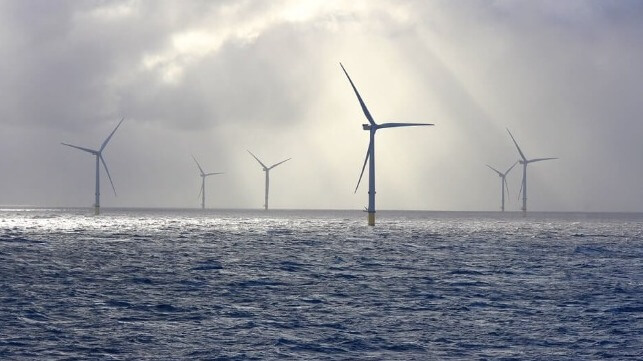Energy Consultancy Sees Profound Uncertainty Ahead for Offshore Wind
Westwood's high and low bookend scenarios for investment by 2030 are $800 billion apart

London-based energy consultancy Westwood believes that up to 40 percent of the pre-FID development pipeline for global offshore wind is at risk of being suspended. It is the latest sign of fallout from inflation and changing market conditions.
According to Westwood's analysts, non-specialist new entrants like TotalEnergies and BP have the highest risk of dropping out because they have large development pipelines but little existing operational capacity. Dedicated renewables companies, like Orsted and RWE, have longer track records in offshore wind and are less likely to jump ship on their portfolios, Westwood assessed. (Orsted recently took a $4 billion writedown and terminated its Ocean Wind megaproject off New Jersey.)
"Growing diversity of developers in the marketplace, combined with evolving development and commercialization approaches has created a complex landscape. This is compounded further by the diversification of the investor landscape, with oil and gas majors, public investment funds, and even fashion houses entering the sector," said Westwood senior analyst Bahzad Ayoub. "Our current projections reveal a pipeline that faces sizeable risks before reaching FID, with only 9% of capacity ‘Probable’ with the remaining 51% ‘Possible’ and 40% ‘Risked.'"
Though risk has been highly visible in the U.S. market, with multiple offtake contract suspension announcements, Westwood believes that the number of projects in the pipeline that are threatened is actually relatively small. The U.S. industry has been delayed by rising supply chain costs and interest rates, but multiple analysts expect that it will bounce back and that many offtake agreements will simply be rebid at higher prices.
Westwood sees little threat to projects in China, where a commitment to national offshore wind policy is motivating more investment. The consultancy also cites China's isolation from the supply chain cost pressures found elsewhere in the world, and the continued subsidy support from provincial governments on the coast.
The report sees elevated risk for Taiwan, which has a large number of unawarded leases and stringent rules for local content. The requirement to procure materials and make parts locally raises cost, disincentivizing investment. These rules have been revised in the latest lease round and may improve the outlook, but at present a large share of its pipeline can be classified as "risked" in Westwood's view.
Depending on market developments and the degree of real risk to project FID, Westwood has prepared three scenarios for offshore wind capacity by 2030. The top-end forecast is about 500 gigawatts worldwide, while the low-end is less than 200 gigawatts. The vast difference reflects a massive 10-fold spread in capex investment between the most active and least active scenarios.
